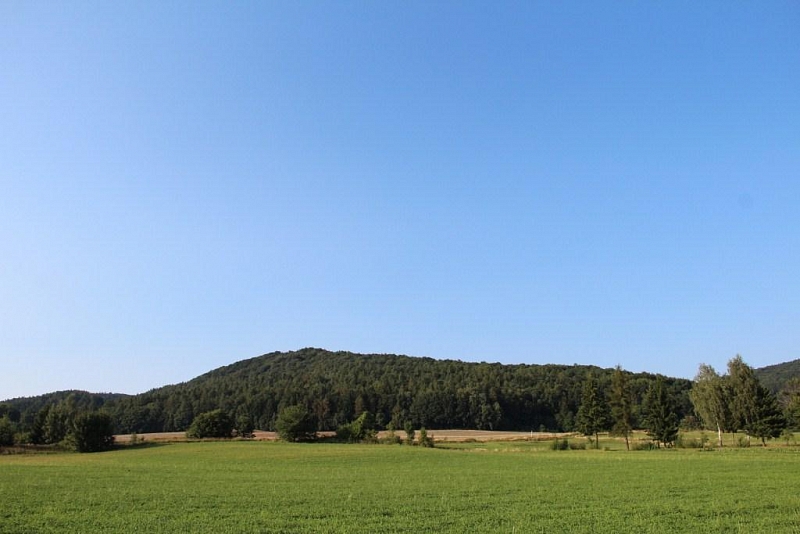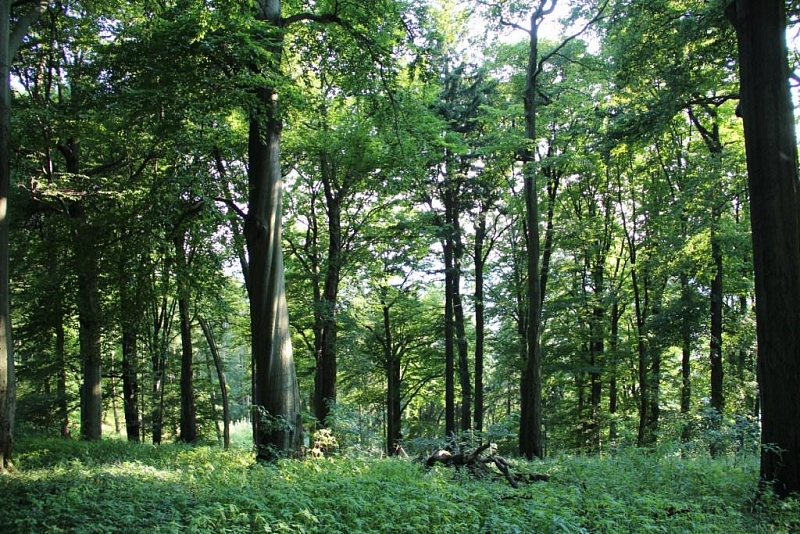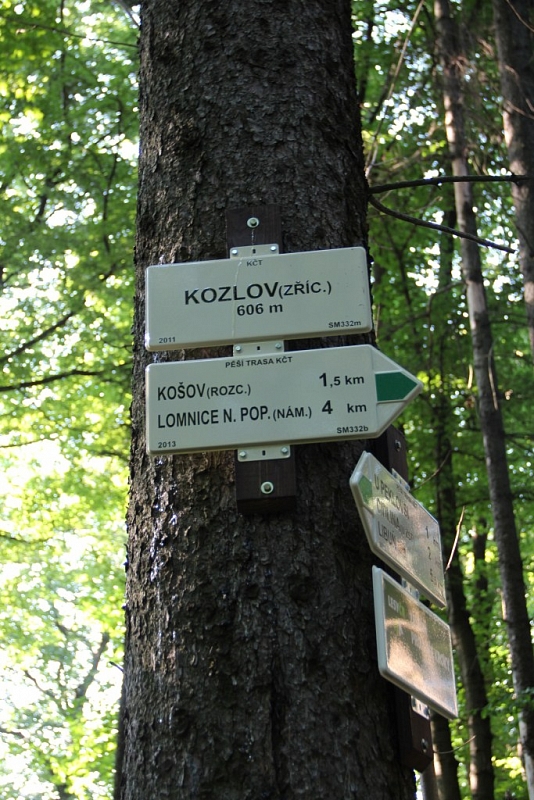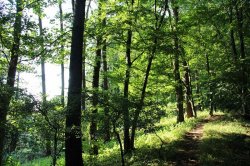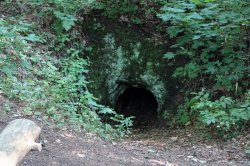Cidlinský hřeben
Put on the mountains and try the steep slopes of the Cidlin ridge, where time has stopped and untouched nature has been preserved.
Information for visitors
Interesting facts Cidlinský hřeben
The Cidlin ridge is the Kozlovský ridge (606 m above sea level) and the Cidlinská Hůra hill (519 m above sea level), which rise north of the village of Cidlina in the Jičín district. On September 1, 1998, the ridge was declared a natural monument.
Large areas of natural forest stands are protected here, which are a preserved remnant of the original forest stands in this area. On steep slopes grow mainly beech, linden and maple. Due to the increased content of calcium in the soil, many rare and protected species of plants grow here, among which we include the lily of the valley, the poison ivy and the flaming arum.
Several circles of rare birds live in the protected area, including the black-headed flycatcher, the wood pigeon, the barn owl or the long-toed slider. Among invertebrates, you will find mountainous species of mixed forests and mountain species in beech stands and wetlands and peatlands. On the southern slopes you can come across thermophilic species such as the bark beetle. Several species of ground beetles and a protected stag beetle, Europe's largest beetle living in the hollows of old and dead trees, have also been observed. Male stag beetles grow to a length of almost 10 cm. Numerous colonies of forest ants have also found refuge here, building cumulus anthills that reach a height of up to 1 m and are up to 3 m in diameter.
Archaeologically valuable sunken objects, pile and column pits were also found here. They date from the Late Bronze Age and served as cremation graves. The oldest evidence of anthropogenic activity was the findings of stone chipped tools from the Late Stone Age.
On the highest hill, Mount Kozlov, 606 m high, stands the ruins of the medieval castle of the same name, which was founded in the first half of the 14th century. Since 1462, the castle has been listed as desolate.
Author: Marie Bukovinská
